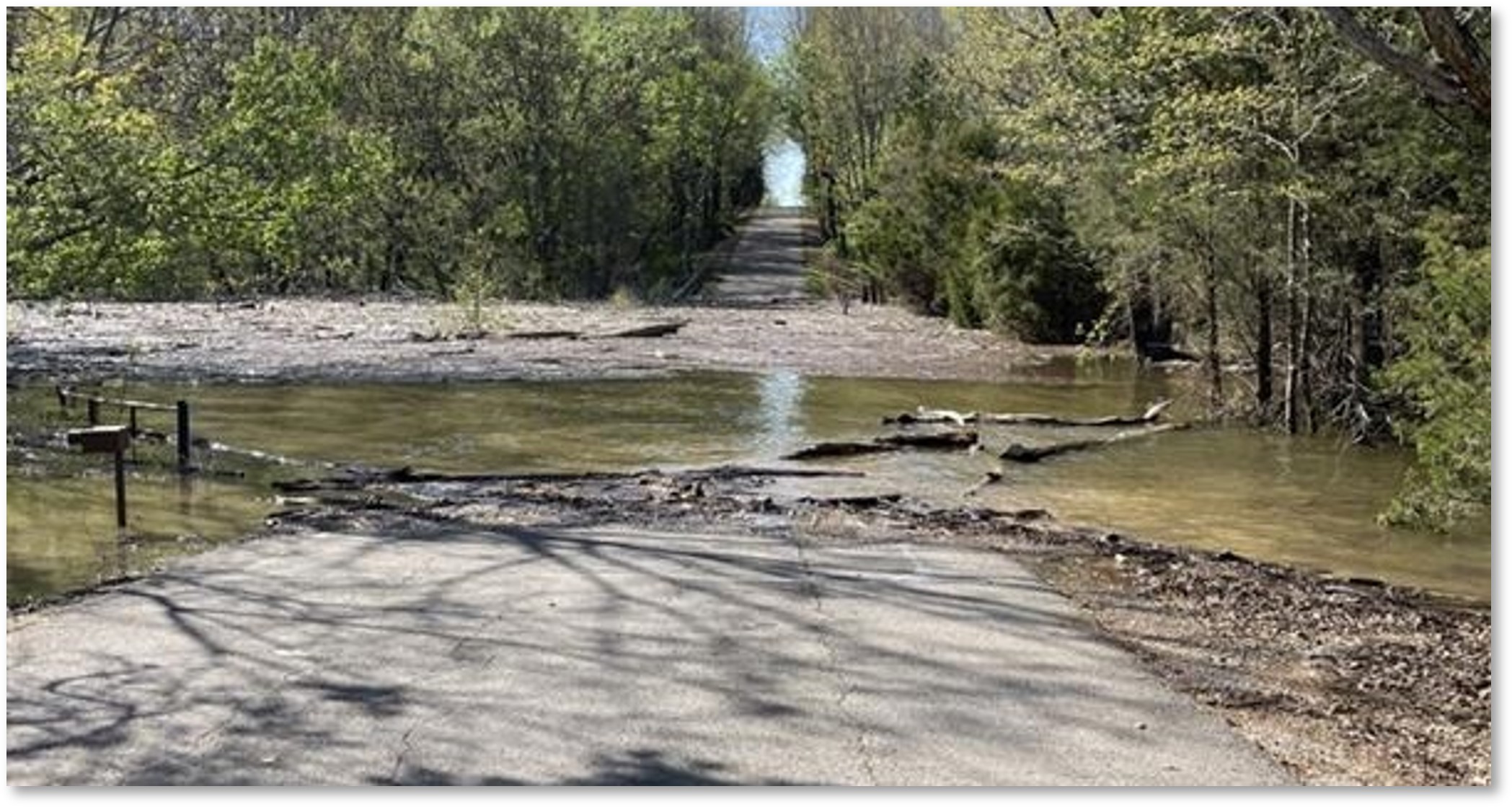The Great Outdoors: Antler color hints at deer lifestyle
Published 12:00 am Sunday, October 18, 2009
When a hunter spies a whitetail buck, his eyes are immediately drawn to the deer’s antlers. Call them what you will – rack, bone, horns or headgear – the two antlers sturdily affixed to the head of bucks raise pulses and sell licenses.
Folks generally use several characteristics to describe a deer, the most common being the number of tines or points it boasts, then maybe the basic configuration – whether the antlers were high, wide, narrow or backward sweeping.
Often though, the most distinctive feature of a buck’s rack is the actual color of the hardened antlers. My friends and I use descriptions such as chocolate, ivory, crimson and butterscotch to describe the shade of bucks’ antlers we encounter afield.
Does anyone know what causes these variations in antler color? The answer is both a resounding yes and a sheepish no. While there is some evidence that genetics, nutrition and deer density have roles in determining antler color, the most solid evidence usually has to do with the individual tendencies of bucks themselves and their immediate environment.
Blood is most likely the greatest determining factor in the color of a buck’s antlers. As we all know and learn from a young age, usually during less-than-enjoyable circumstances, blood stains just about anything it comes into contact with. Bleeding is a natural part of the antler process, and occurs when the vessel-filled velvet that envelopes growing antlers matures in late summer and is subsequently shredded, rubbed, eaten and torn off by the buck wearing the tangled mess of dying tissue.
Until this point, all bucks are equal in coloration, but once the velvet begins to come off, individual habits and environment become more of a factor in the color of the rack. Deer that aggressively remove the velvet by raking and rubbing trees create a cocktail of oxidized blood, tree bark and tree sap which can stain the newly unveiled headgear, usually giving the antlers a darker tint.
Conversely, some bucks prefer to almost let the velvet slowly peel and sluff off on its own. Instead of a quick process of busted capillaries and tree thrashing, these more reserved bucks do not generally have nearly as much staining, thus they wear a lighter set of horns.
Types of trees that a particular buck prefers to rub his antlers against also play a role in rack coloration. The spindly sumac tree is a local favorite of bucks, and while its pale bark is often stuck in the knobby burrs around a buck’s antler bases, the sumac tree adds little to the overall color of antlers. Walnut, pine and cedar trees, on the other hand, are three other favorite kinds of trees for bucks to rub. This trio does contribute color to not only a buck’s antlers but often to his sticky forehead.
Occasionally, a buck’s antlers will even take on a reddish shade from rubbing mature poke bushes that have a red bark and dark purple berries. Shed hunters who pursue antlers once they’ve fallen off buck’s heads will attest that weather can also change the hue of an antler quite rapidly.
Sunlight can “bleach” out antlers rather quickly. A deer sporting a dark chocolate rack this weekend will have a different tint of tine come late February, before his antlers return to the earth via gravity. The reason for this is because there are no leaves to filter out the sunlight all day long inside the woodlots, plus the necessity for deer to feed more openly in the daylight hours throughout the latest parts of winter to meet their caloric needs.
Whitetails’ claim to fame rest in their adornment of antlers, natural wonders that captivate millions across the nation year after year.
— Geordon T. Howell is outdoors columnist for the Daily News. He may be reached by e-mailing highbrasshowell@yahoo.com.






